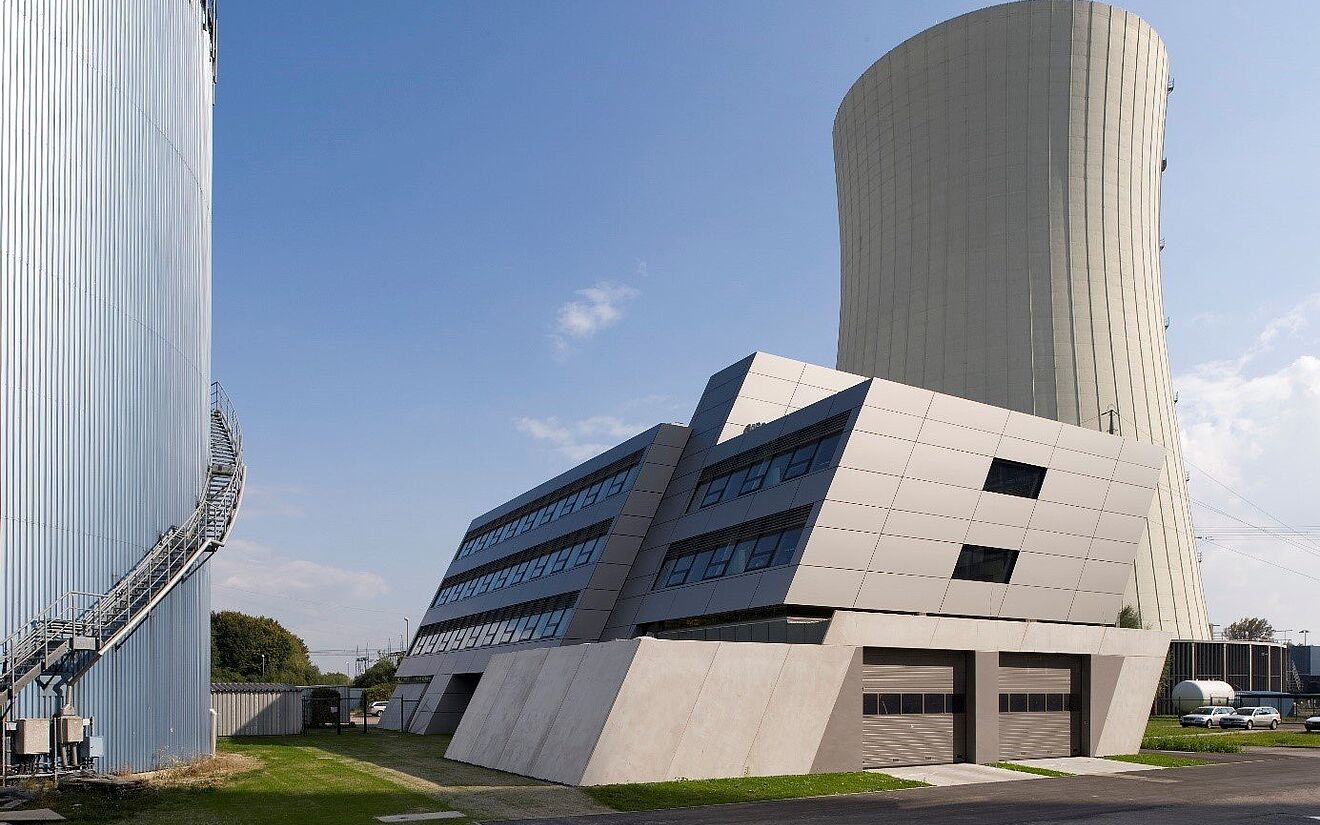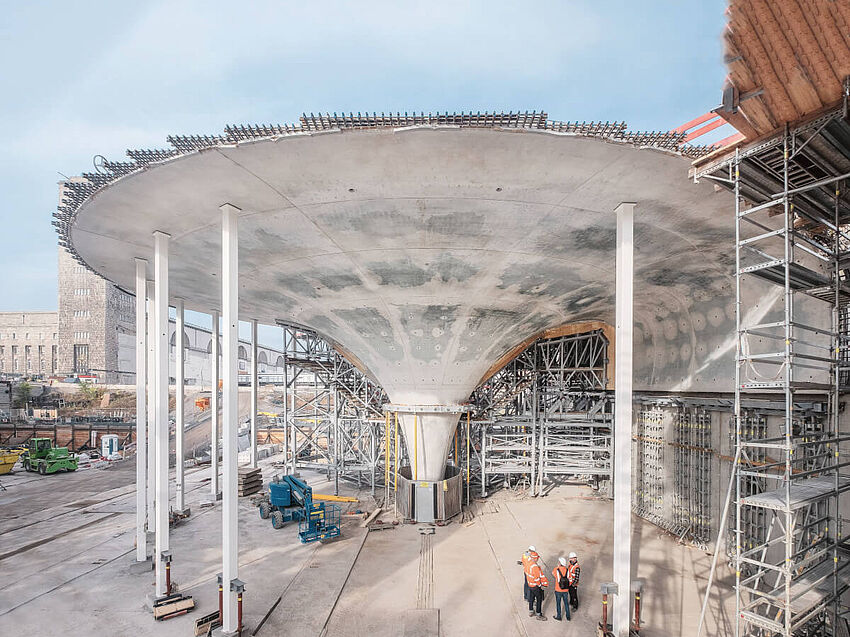How Digital Design to Build Workflows Revolutionize Structural Engineering
The working method of Building Information Modeling (BIM) is becoming increasingly important in the construction industry. This procedure has long been the standard in countries such as the US and UK. The many advantages of digital project management are obvious. Read on in this article to find out what these are.

Project management: qualitative, on time and in budget
The management of projects of all kinds exists in many industries. As a task, project management is structured in the project definition, the project implementation and the project completion. Each individual work step within these areas is intended to ensure the project is correctly planned and controlled, opportunities are utilized and risks are limited. In addition, focus is placed on quality, efficient scheduling and staying in budget.
BIM as a form of digital project management
Project management goes digital when software and IT structures form the basis of work. This is the case with BIM. BIM is a working method that goes well beyond the concept of buildings in 3D. The 3D model includes, for example, object attributes and the individual components can be set in relation to one another. There are many benefits to the workflow if an architecture or engineering firm decides to switch to BIM.
Simplified Planning and Mass Estimation
Thanks to BIM, specialized planners and architects can work together on one 3D-model. In this way, collisions, for example between building services and the supporting structure, can already be identified during the planning phase based on the virtual version - and not first on the building site. The engineering firm MUCKINGENIEURE already made the move to BIM a few years ago. The owner Walter Muck reports about his experience: "Because of the three-dimensional representation, we [can] control collisions better and assess complicated geometries more easily."
When working on a project for E.ON, it was a huge advantage for them to carry out the planning of concrete components in 3D, whether in-situ concrete or precast elements. The mass estimation and quantity survey are also done in just a few clicks with the help of BIM – manual entries in XLS tables are thus no longer necessary. This also has a positive effect on the relationship between the work performance and result: "In the office, we estimate the increase in effectiveness after the successful introduction of BIM at 30 to 35 percent. For certain sub-tasks, such as steel mass estimation and quantity surveys, the increase in effectiveness is even 85 to 90 percent," says Muck.
Local Cooperation and Efficient Information Management
The increasing level of digitization is also changing how people work in the construction industry. It is possible to stay in touch from different locations via the Internet and to work on files together. This advantage extends to BIM as well. For example, several smaller offices can plan a larger joint project and use local digital project management for this purpose.
The central management of project-related information forms another important element of BIM. Digitally stored BIM objects from different manufacturers, such as doors, windows or sanitary facilities, can be incorporated into the 3D model by specialized planners and provided with attributes. Walter Muck says: "I could not imagine effective 3D planning without ALLPLAN's IBD planning library. We now also offer our customers an unfinished structure service directory. We never would have done that before." The information itself, even beyond the construction for the use of facilities and buildings, remains digitally available.
The Way to Digital Project Management
The introduction of a digital project management may initially be associated with high investment costs, for example for hardware, software and training. In the medium and long-term, however this will pay off: The workflows in the office will improve, the exchange of data and information is simply easier and the number of planning errors is reduced drastically. However, a company's switch to BIM must be holistic. It requires a "change of consciousness," as Walter Muck defines it. In the complete interview, read how his engineering office has successfully taken the path to digital project management.




